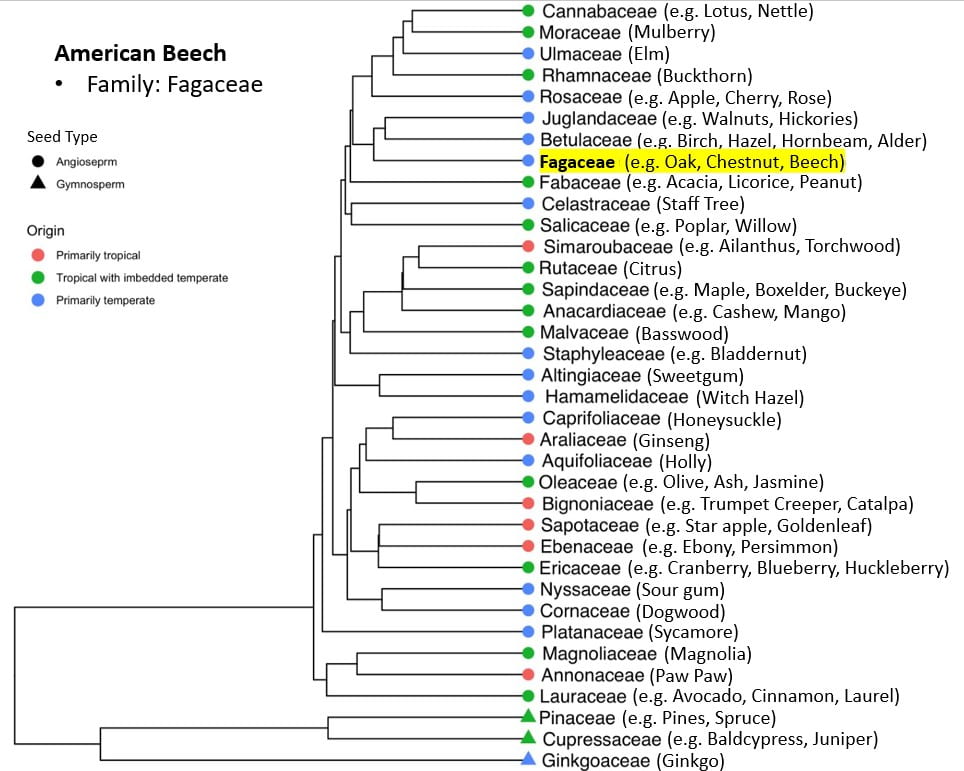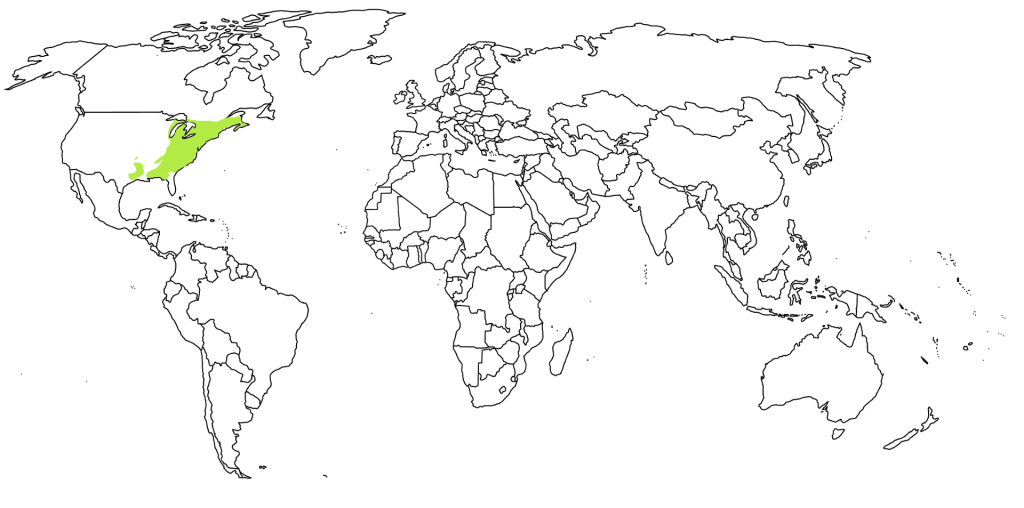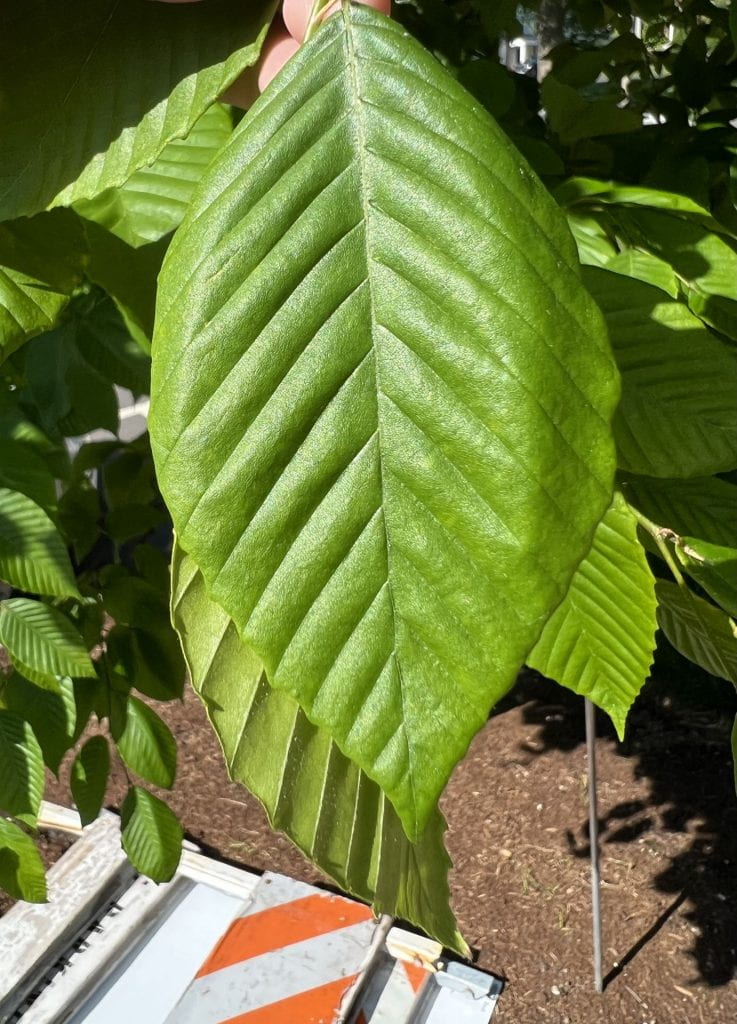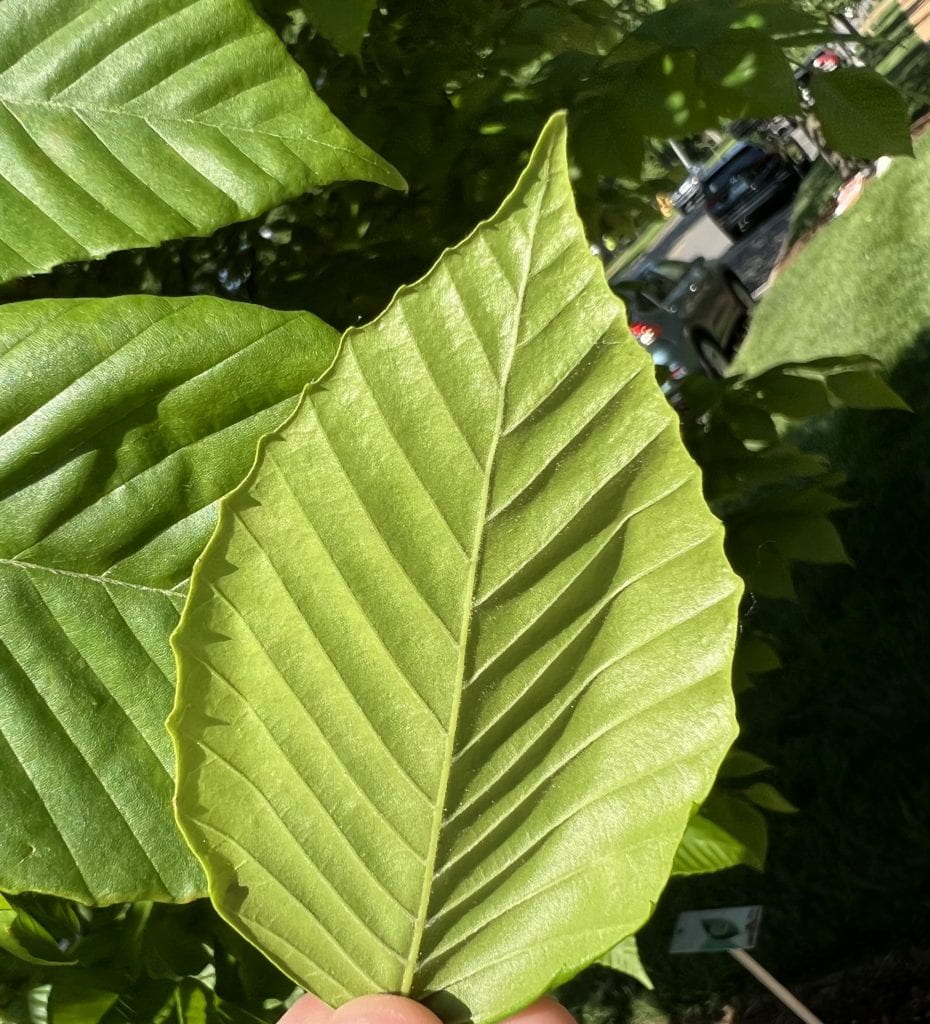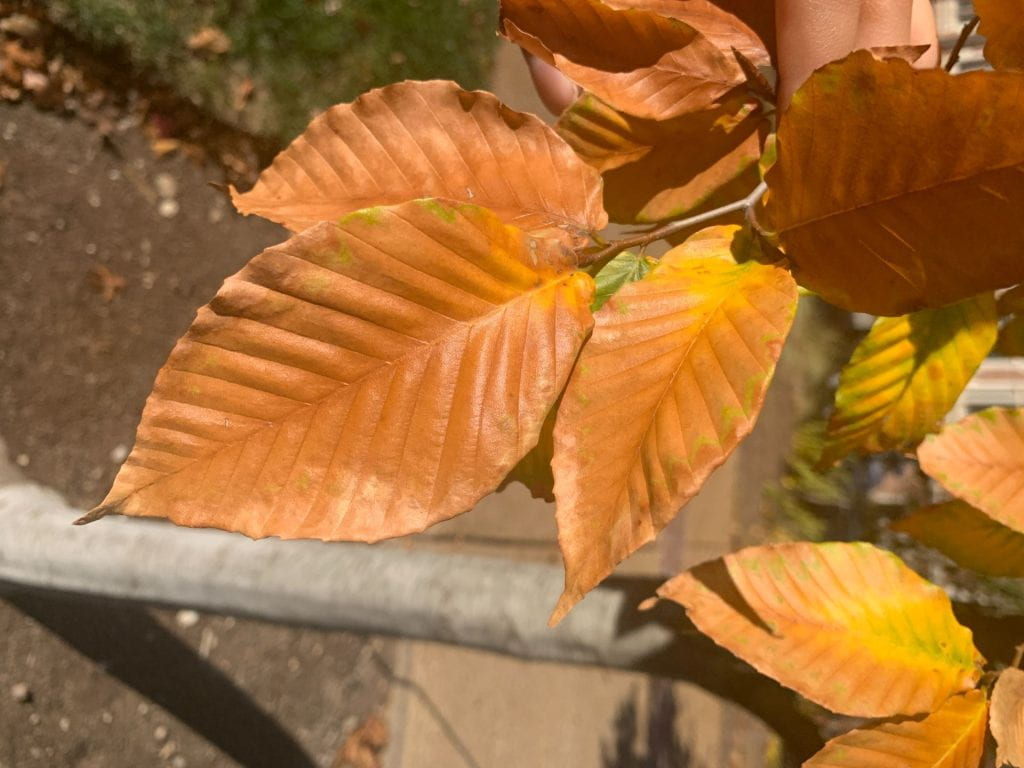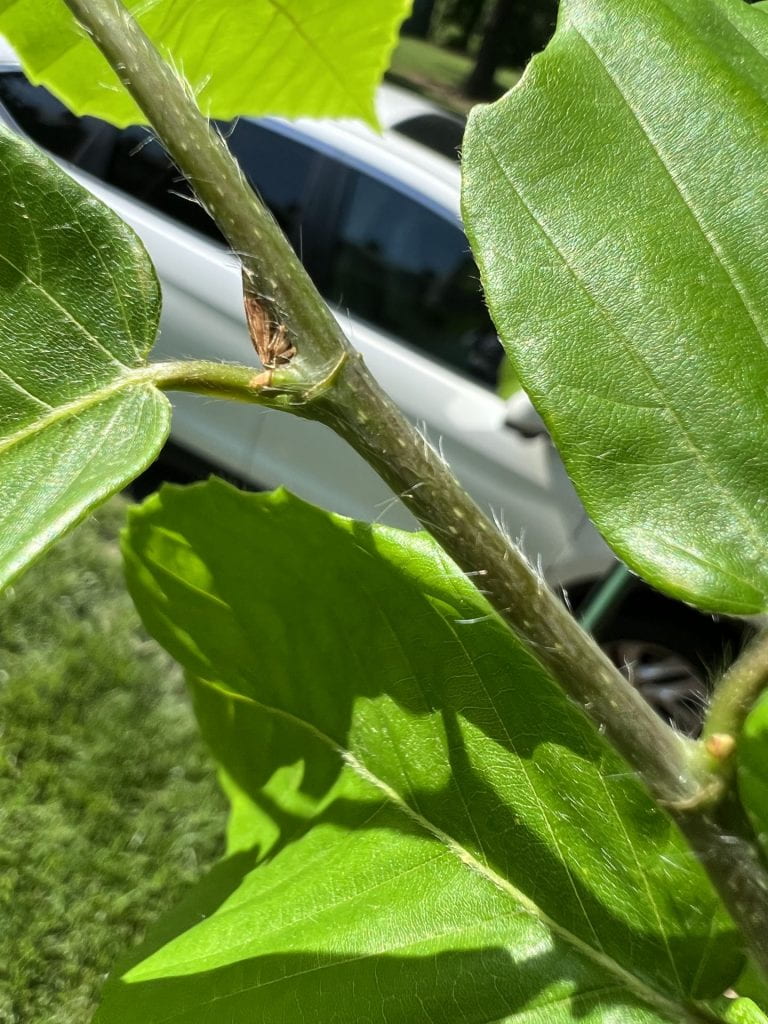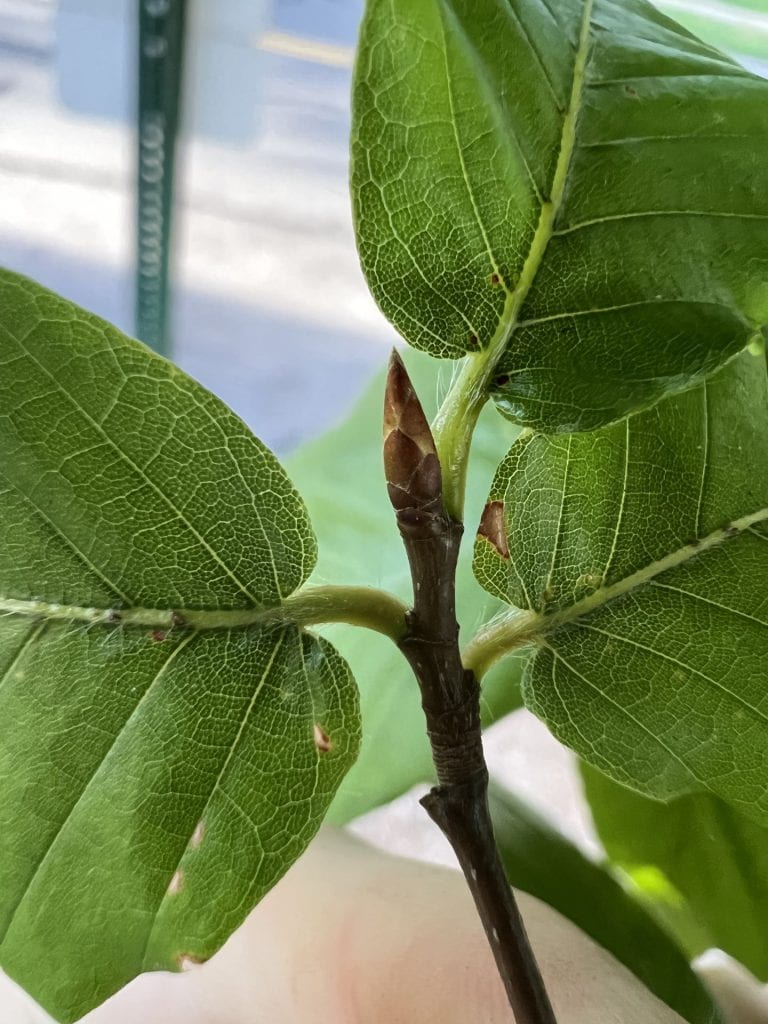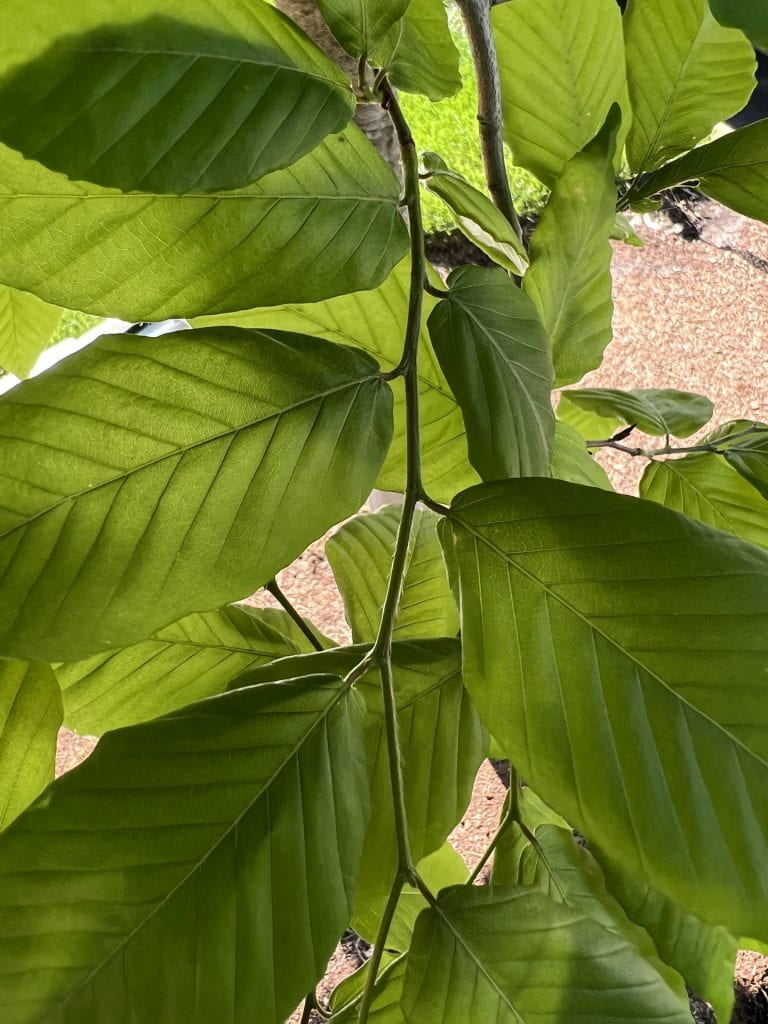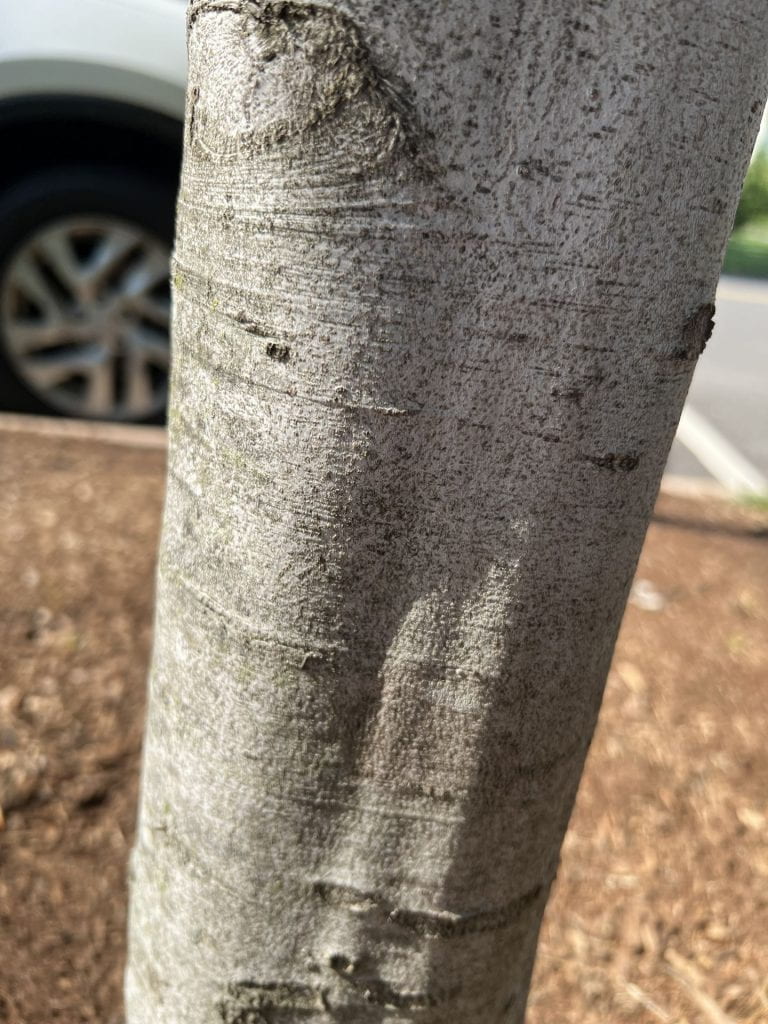American Beech
Arbor Walk #48, Treekeeper ID #1979

This tree has dark green leaves which turn bronze in the fall. Its flowers are yellowish-green, and the female flowers yield edible beechnuts which ripen in the fall. It is native to Missouri and mostly found in the Bootheel area of the state.
The American Beech can easily be recognized by its distinctive long, pointy buds. This tree was actually originally recognized by the colonists, as it closely resembles the European Beech. Both bear edible beechnuts, mostly eaten by wildlife, and interestingly, the bark of the American Beech stays smooth with age unlike most trees. It is also an imprtant host species to the Early Hairstreak (Erora laeta).

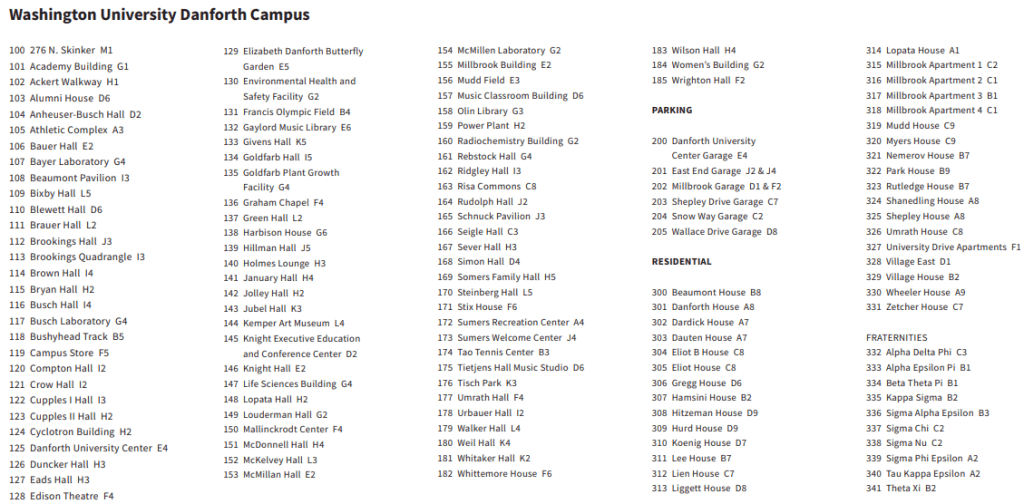
GPS Coordinates
N/A
Percent Concrete
N/A
Distance to Buildings
| Year | Close Building #1 | Close Building #2 | Close Building #3 |
|---|---|---|---|
| 2020 | Somers Family Hall, 32.10 m | McDonnell Hall, 58.97 m | Monsanto Lab, 81.99 m |
Distance to Other Species
| Year | Close Species #1 | Close Species # 2 | Close Species # 3 |
|---|---|---|---|
| 2020 | English Oak, 9.01 m | Eastern Wahoo, 9.05 m | Eastern Wahoo, 10.34 m |
Standard Measurements
| Year | Height (m) | DBH (cm) | Crown Diameter N-S (m) | Crown Diameter E-W (m) | Average Crown Diameter (m) |
|---|---|---|---|---|---|
| 2020 | 3.8186 | 6.5 | 2.45 | 1.99 | 2.22 |
| 2023 | 6.5 | 11 | 3.72 | 4 | 3.86 |
Nests and Pests
| Year | Description |
|---|---|
| 2020 | No obvious indications of nests or pests on this tree |
Leaf Identification
The leaves of the American Beech are 2″ to 6″ long and 1″ to 3″ wide with an ovate shape and serrated margins. They are simple (no leaflets) with near-parallel pinnate veins, and are typically a dark green color that turn to a bronze/gold color in the fall. They are smooth (glabrous) on top and hairy (pubescent) below. The leaves also have tiny bristles along the margins. The leaf arrangement is alternate.
Twig and Bud Identification
The American Beech has distinctive buds that are long, pointy and light brown. They are often described as “cigar-like.” The twig has a somewhat zig-zag form and mature from hairy (pubescent) to smooth (glabrous). The winter buds are very slender and reddish-brown.
Bark Identification
The bark of the American Beech stays smooth throughout its life and is a silvery gray color.
Fruit Identification
The American Beech produces edible beechnuts that ripen in the fall. The fruit is slightly pyramidal and typically attached in groups of 2 or 3. They are about 3/4″ long and have a prickly husk that opens and stays on the tree when mature. The seeds are three sided (trigonous).
[photo forthcoming]
Flower Identification
The flowers of the American Beech are inconspicuous but have a yellow-green color. The flowers are monoecious, so the male and female flowers look different: the male flowers form dropping, globular clusters and female flowers form in pairs enclosed within a cupule.
[photo forthcoming]
Beech ID Tips
- At first glance, the American Beech or any other beech may be mistaken for a variety of other trees, from the closely related American Chestnut to more distant Elms, Birches, and Alders. All of these trees have generally elliptic leaves with toothed margins.
- Depending on the season, there a variety of characteristics that may aid in identification. Fruit are the easiest identification tool: Elms have papery samaras, birches and alders have shedding catkins, and beeches like our American Beech have husk-covered nuts.
- For leaves, beeches are singly toothed or serrated, as opposed to doubly toothed in Elms or Birches. Finally, the bark of the American Beech is quite smooth even when mature; only the Alders have trunks remotely as smooth, although they may be plated, and the alders in the eastern United States are much smaller in size than the beeches.
- Compared to the American Beech, the European Beech has a wider, more rounded form with a short, blunt tip and less defined toothing. The American Chestnut can be differentiated by the bristles at the tips of each of its teeth, and has large vertical scales on its bark.
